I have a short dataset for recognizing Bengali alphabets (9600 data for training and 3000 for testing).
The total number of classes: 50.
This seems to be a short number of data.
So I was trying to augment the data set by ImageDataGenerator from keras.preprocessing.image. It was working well.
Now I'm trying to augment data by GAN network to generate a larger dataset.
I've read some basics and followed some tutorials. Like this one from deeplearning4j.org and followed this code from Github.
But I am at a loss how to generate the augmented data.
Maybe, I am missing some strategies. Can someone please tell me the strategies for generating data with GAN?
My Strategy was:
- Preparing
trainingandtestdataset. - Training the
Generatoranddiscriminator. - Generating new image by
Generator - Trying to discriminate between the
realandfakeimage
